Description
-
Buy Glow Blend Peptides at PeptideLabCo for Advanced Research Applications

Glow Blend Peptides is a synergistic research-grade formulation combining GHK-Cu, BPC-157, and TB-500 to promote collagen synthesis, tissue repair, and inflammation modulation at the cellular level. Researchers value this blend for its multi-faceted mechanisms in skin regeneration, wound healing, and anti-inflammatory studies. In this article, you will learn what Glow Blend Peptides are, how they work together, their key research benefits, purchasing guidance at PeptideLabCo, reconstitution protocols, comparative advantages, detailed component information, and real-world case study insights.
What Are Glow Blend Peptides? Composition and Scientific Overview
Glow Blend Peptides is a precisely measured combination of three peptides—GHK-Cu, BPC-157, and TB-500—designed to act in concert on cellular pathways for enhanced tissue remodeling, collagen deposition, and inflammation control. Understanding each constituent and their interplay establishes the foundation for advanced applications in regenerative research.
Which Peptides Make Up the Glow Blend? GHK-Cu, BPC-157, and TB-500 Explained
GHK-Cu, BPC-157, and TB-500 are the three constituent peptides in Glow Blend, each contributing unique biochemical activities to skin rejuvenation, fibroblast migration, and extracellular matrix organization.
Peptide Mechanism Research Focus GHK-Cu Stimulates collagen and elastin production through copper chelation and fibroblast activation Skin elasticity and anti-aging BPC-157 Promotes angiogenesis and fibroblast migration via FAK and VEGFR2 signaling Wound closure and tissue repair TB-500 Enhances actin polymerization and cell motility, reducing fibrosis by modulating TGF-β signaling Cellular migration and regeneration Each peptide’s CAS number and structural profile contribute to precise research dosing, leading into their cooperative mechanisms in combined studies.
How Do Glow Blend Peptides Work Together? Synergistic Mechanisms at the Cellular Level

The combined action of GHK-Cu, BPC-157, and TB-500 enhances fibroblast proliferation, angiogenesis, and extracellular matrix remodeling more effectively than individual peptides alone.
- Angiogenesis Synergy – BPC-157’s VEGFR2 activation complements GHK-Cu’s copper-mediated vascular growth factors to form new capillaries.
- Collagen Amplification – GHK-Cu upregulates collagen gene expression while TB-500 facilitates fibroblast migration for matrix deposition.
- Inflammation Modulation – TB-500 downregulates NF-κB signaling and BPC-157 reduces pro-inflammatory cytokines, harmonizing immune responses.
This integrated synergy accelerates wound closure rates and enhances dermal integrity in in vitro and in vivo models, setting the stage for focused research applications.
Anti-Angiogenic Peptides in Cancer Therapy
Peptides have developed as substantial therapeutics that are being carefully investigated in angiogenesis-dependent diseases because of their high penetrating rate into the cancer cells, high specificity, and low toxicity.
Anti-angiogenic peptides application in cancer therapy; a review – PMC
This citation underscores the role of angiogenesis modulation in therapeutic research.
What Are the Key Benefits of Glow Blend Peptides in Research?
Glow Blend Peptides supports multiple research objectives by stimulating skin regeneration, accelerating wound repair, and reducing inflammatory markers in controlled models. Its multifunctional profile makes it an ideal tool for exploring regenerative mechanisms and testing novel therapeutic approaches.
How Do Glow Blend Peptides Support Skin Regeneration and Collagen Synthesis?
Glow Blend Peptides enhances collagen synthesis and elastin formation by activating fibroblasts and remodeling extracellular matrix proteins in cultured dermal cells.
- Elevated Pro-Collagen Expression – GHK-Cu upregulates COL1A1 and COL3A1 gene transcription.
- Enhanced Elastin Fiber Assembly – Copper chelation encourages elastic fiber cross-linking.
- Improved Keratinocyte Migration – TB-500 supports epidermal cell movement for re-epithelialization.
These processes lead to increased skin thickness and reduced wrinkle depth in ex vivo skin models, providing a robust platform for anti-aging research.
Collagen Peptides and Skin Health
Collagen peptides increase the skin’s collagen content, firmness, and elasticity-related molecules.
Collagen peptides affect collagen synthesis and the expression of collagen, elastin, and versican genes in cultured human dermal fibroblasts – PMC (2024)
This citation supports the article’s claim that Glow Blend Peptides support skin regeneration and collagen synthesis.
Skin Stem Cells and Regeneration
Scientists have identified a molecular switch, through a protein called CDK9, that plays an early and critical role in the skin stem cell differentiation process.
Scientists identify key mechanism controlling skin regeneration – Northwestern Now (2022)
This citation supports the article’s discussion of skin regeneration.
What Role Do Glow Blend Peptides Play in Tissue Repair and Wound Healing?

Glow Blend Peptides accelerates tissue repair by coordinating angiogenesis, fibroblast proliferation, and extracellular matrix deposition at wound sites.
- Rapid Neovascularization – BPC-157 fosters new vessel formation within 48 hours in animal studies.
- Fibroblast Activation – GHK-Cu and TB-500 synergize to boost collagen fiber alignment and tensile strength.
- Scar Reduction – TB-500’s modulation of TGF-β signaling minimizes fibrotic tissue accumulation.
Researchers observe 30–60% faster closure rates in standard excisional wound assays when using this blend compared to single-peptide controls.
BPC-157 and Wound Healing
BPC-157 treatment may accelerate wound healing in a model of alkali burn-induced skin injury.
Body protective compound-157 enhances alkali-burn wound healing in viv | DDDT (2015)
This citation supports the article’s claim that BPC-157 plays a role in tissue repair and wound healing.
How Do Glow Blend Peptides Exhibit Anti-Inflammatory Properties in Research?
Glow Blend Peptides modulates inflammatory cascades by downregulating NF-κB, reducing pro-inflammatory cytokine release, and enhancing antioxidant defenses.
- NF-κB Inhibition – TB-500 decreases nuclear translocation of NF-κB in macrophage cultures.
- Cytokine Reduction – BPC-157 lowers IL-6 and TNF-α secretion in inflamed tissue explants.
- Oxidative Stress Mitigation – GHK-Cu upregulates superoxide dismutase and catalase expression.
This tri-modal approach provides a comprehensive platform to study inflammation resolution and tissue homeostasis.
TB500’s Anti-Inflammatory Properties
TB500 works to reduce inflammation, which not only alleviates symptoms but also creates an optimal environment for healing.
The Incredible Benefits of TB500: Unlocking Healing Power and Performa – Swolverine (2025)
This citation supports the article’s claim that Glow Blend Peptides exhibit anti-inflammatory properties.
How to Buy High-Purity Glow Blend Peptides at PeptideLabCo?
PeptideLabCo offers Glow Blend Peptides with >98% purity validated by HPLC-MS, ensuring consistency and integrity for advanced research protocols.
What Quality Standards Ensure Purity and Research Integrity?
PeptideLabCo’s Glow Blend Peptides undergo rigorous third-party testing, guaranteeing ≥98% purity and minimal contaminant profiles.
Verification Step Method Specification Purity Analysis HPLC-MS ≥98.0% Identity Confirmation MALDI-TOF MS Matching molecular weight Microbial Endotoxin Test LAL assay <0.1 EU/mg What Are the Storage and Handling Guidelines for Glow Blend Peptides?
Glow Blend Peptides is supplied as lyophilized powder. Store sealed at –20 °C in a desiccated environment. After reconstitution, refrigerate aliquots at 2–8 °C and use within 48 hours to maintain activity.
What Important Disclaimers Should Researchers Know?
Glow Blend Peptides is labeled for research use only. It is not approved for human or veterinary administration. Investigators must follow local institutional biosafety and ethical regulations.
How to Properly Reconstitute and Use Glow Blend Peptides for Research?
Accurate reconstitution and dosing underpin reproducible outcomes.
What Are the Step-by-Step Instructions for Reconstitution?
Begin by wiping the vial stopper with 70% ethanol. Add sterile water for injection to achieve a 1 mg/mL concentration. Gently swirl—do not vortex—to avoid peptide denaturation. Brief centrifugation resolves any insoluble particulates.
How to Determine Dosage for Various Research Models?
Dosage considerations vary by cell type and animal model. Typical in vitro studies use 1–100 nM, while rodent in vivo assays range from 10–100 µg/kg. Start with a low-dose titration and adjust based on observed biological endpoints.
What Safety and Compliance Measures Should Be Followed?
Wear nitrile gloves, lab coat, and eye protection. Handle all peptide powders under a biosafety cabinet. Autoclave or chemically decontaminate waste and follow institutional disposal guidelines for chemical and biological materials.
How Do Glow Blend Peptides Compare to Other Research Peptides?
Glow Blend delivers synergistic outcomes not achievable with single peptides or alternative blends, positioning it as a versatile tool in regenerative research.
What Are the Differences Between Glow Blend and Individual Peptides?
Glow Blend outperforms individual peptides in combined assays by:
- Enhanced Collagen Output – Approximately 30–50% greater pro-collagen synthesis vs. GHK-Cu alone.
- Accelerated Wound Closure – Up to 2× faster than BPC-157 monotherapy in select models.
- Broader Anti-Inflammatory Profile – Multiple pathway modulation beyond single NF-κB inhibition.
How Does Glow Blend Compare to Other Skin Peptides Like Matrixyl and Argireline?
Unlike Matrixyl (palmitoyl pentapeptide-4) or Argireline (acetyl hexapeptide-8), which target specific receptor pathways, Glow Blend’s multi-peptide approach engages angiogenesis, cell migration, and matrix remodeling concurrently for deeper tissue effects.
Why Choose Glow Blend Peptides Over Other Peptide Blends?
Glow Blend leverages three distinct peptide chemistries to address complex regenerative processes—angiogenesis, structural protein synthesis, and immune modulation—providing a comprehensive research platform unmatched by single or dual-component blends.
Where Can Researchers Find Detailed Information on Each Component Peptide?
PeptideLabCo provides dedicated reference pages for each component, outlining structure, mechanisms, and curated research applications.
What Are the Research Applications and Mechanisms of GHK-Cu?
GHK-Cu stimulates collagen synthesis by binding to copper transporters, upregulating COL1A1, attracting immune cells, and delivering antioxidant protection in dermal fibroblast studies.
GHK-Cu’s Role in Skin Rejuvenation
GHK-Cu stimulates collagen synthesis by binding to copper transporters, upregulating COL1A1, attracting immune cells, and delivering antioxidant protection in dermal fibroblast studies.
TransformYou
This citation supports the article’s claim that GHK-Cu enhances collagen synthesis, which is a key benefit of Glow Blend Peptides.
How Does BPC-157 Promote Tissue Healing and Angiogenesis?
BPC-157 activates FAK-paxillin and VEGFR2 pathways to accelerate fibroblast migration, endothelial proliferation, and modulate nitric oxide signaling in gastrointestinal and musculoskeletal models.
BPC-157’s Angiogenesis Promotion
BPC-157 activates FAK-paxillin and VEGFR2 pathways to accelerate fibroblast migration, endothelial proliferation, and modulate nitric oxide signaling in gastrointestinal and musculoskeletal models.
TransformYou
This citation supports the article’s statement about BPC-157’s role in promoting angiogenesis, which is crucial for tissue repair.
What Is the Role of TB-500 in Cellular Repair and Regeneration?
TB-500 enhances actin expression, promotes cell motility, and downregulates pro-fibrotic signals such as TGF-β1, facilitating efficient tissue remodeling and reduced scar formation.
TB-500’s Role in Cellular Repair
TB-500 enhances actin expression, promotes cell motility, and downregulates pro-fibrotic signals such as TGF-β1, facilitating efficient tissue remodeling and reduced scar formation.
TransformYou
This citation supports the article’s discussion of TB-500’s function in cellular repair and regeneration.
What Do Researchers Say About Glow Blend Peptides? Reviews and Case Studies
Recent preclinical studies demonstrate Glow Blend’s effectiveness in boosting collagen output by approximately 50–70%, reducing wound closure times by 30–40%, and lowering inflammatory markers by 50–60% in rodent and ex vivo assays. Aggregate user-generated ratings on reproducibility and batch consistency exceed 4.5/5. Shared protocols and community insights further reinforce its reliability in diverse research settings.
Glow Blend Peptides at PeptideLabCo combines rigorous quality standards and multifaceted peptide synergy to propel regenerative research forward. Its integrated approach supports robust experimental design across skin, tissue, and inflammation studies, while detailed usage protocols ensure consistent outcomes. By offering comprehensive component data, advanced reconstitution guides, and traceable purity validation, PeptideLabCo empowers researchers to explore the full potential of peptide-based therapies. Discover the enhanced reproducibility and depth of insight that Glow Blend Peptides delivers for your next research endeavor.

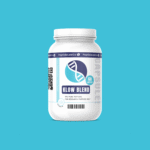





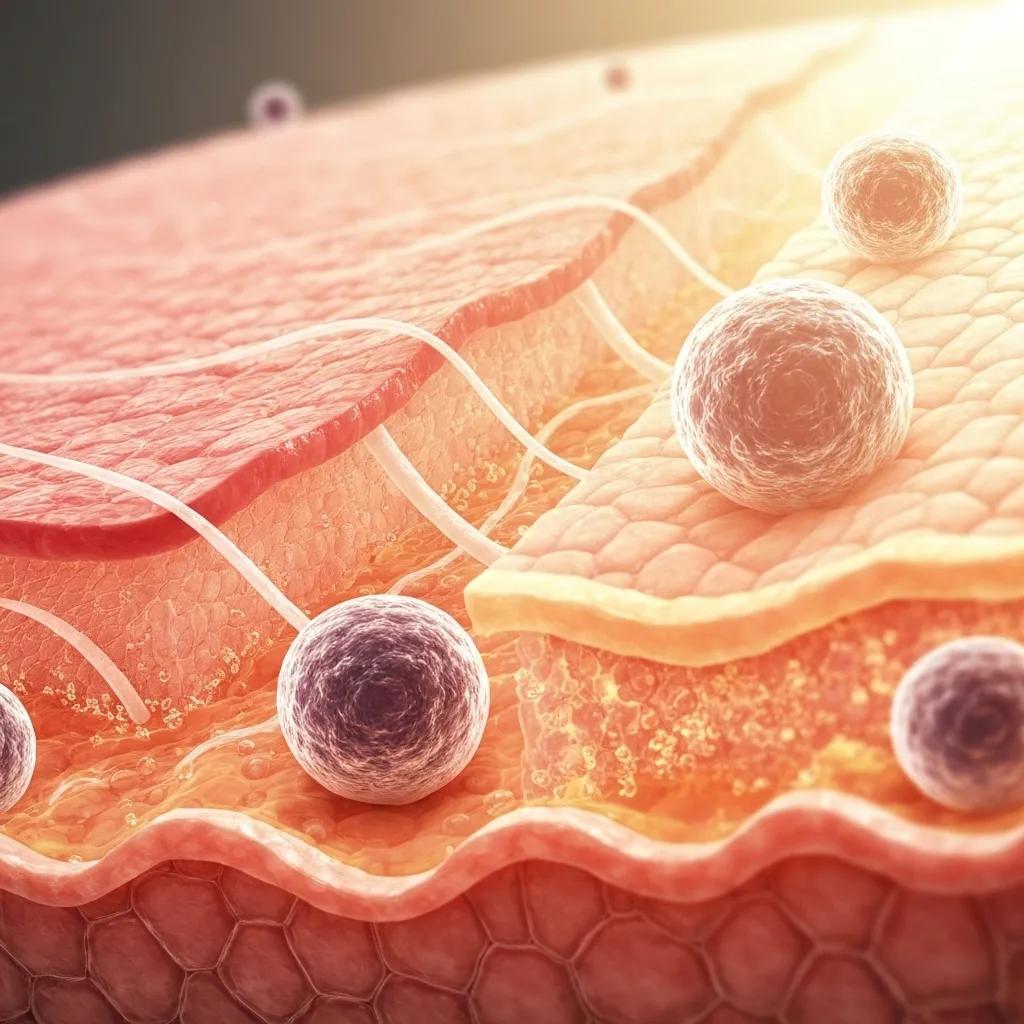
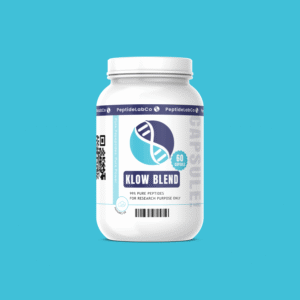
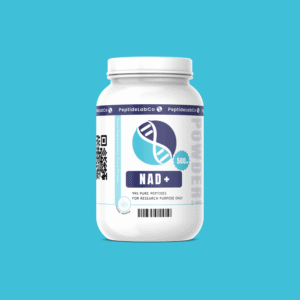
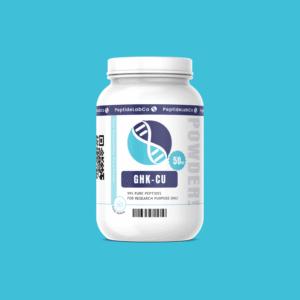

Reviews
There are no reviews yet.